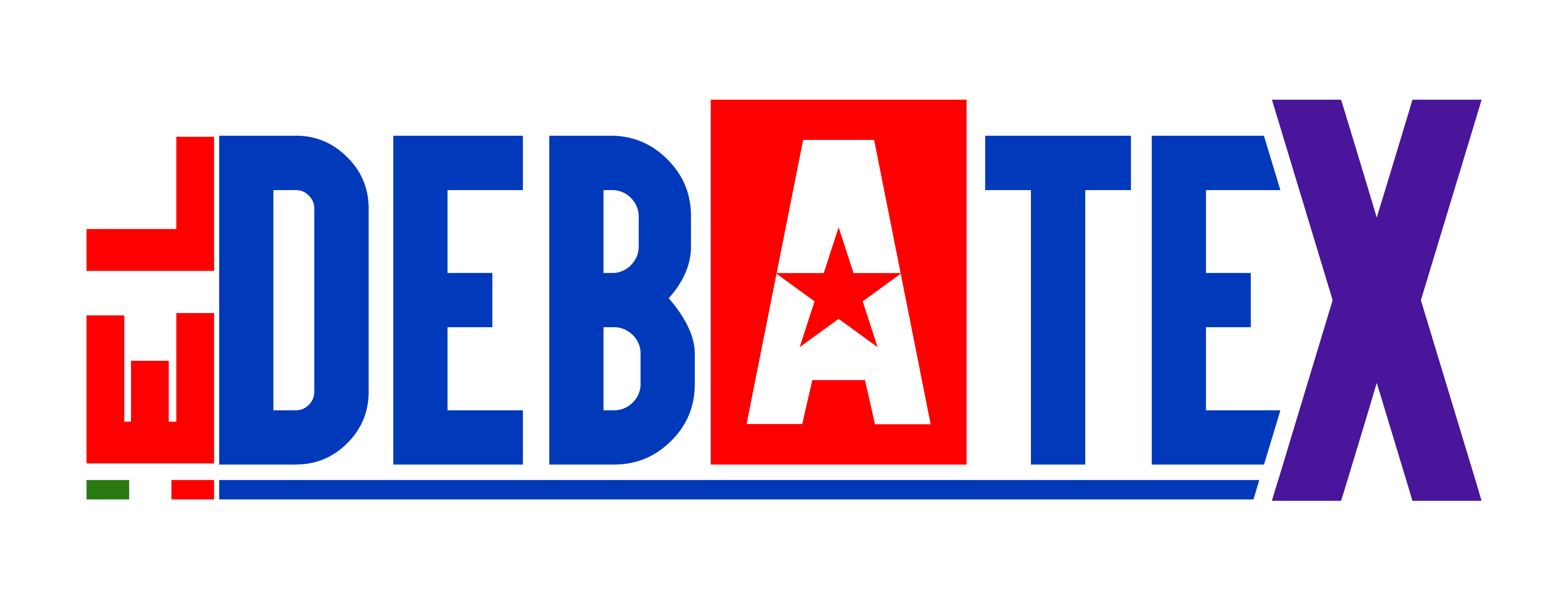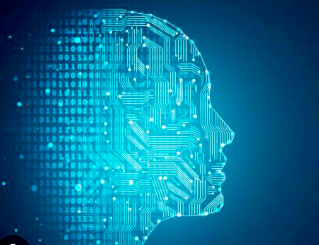IN SUMMARY
by Alfredo Cuéllar
The image repeats itself in dozens of schools across the United States and the world: teachers standing before increasingly diverse classrooms, planning lessons, grading assignments, and writing reports with the help of virtual assistants. What just five years ago seemed like science fiction is now routine: chatbots, text generators, and automated tutoring systems are making their way into the heart of learning.
But how deep is their impact? Can we really say that Artificial Intelligence (AI) will revolutionize education — or will it simply perfect old problems?
An unstoppable avalanche
According to The New York Times, U.S. school districts have doubled teacher training for using AI in just one year, while giants like Microsoft, Google, and OpenAI are launching programs to integrate chatbots (if you don’t know what a chatbot is, don’t worry — they’re AI programs that answer your questions and queries) into public schools and universities. California State University alone has just signed a $17 million contract to give its 460,000 students access to ChatGPT.
Khan Academy, a pioneer in online learning, now uses AI to group students by level and resolve questions instantly. Platforms like Google Gemini are being used in schools in Kelso, Washington, for research and writing tasks. The narrative is the same: if AI is not adopted, students will “fall behind” in the future economy.
The federal government itself is pushing this trend. In early 2025, an executive order was issued to expand AI at all educational levels. The promise is to modernize the system and prepare children for the coming “technological revolution.”
What the experts say
Despite the optimism of Big Tech, researchers like Julia Kaufman from RAND Corporation warn: there is still no strong evidence that chatbots significantly improve learning. In fact, the precedent of massive laptop programs in the 2000s shows that technology alone does not guarantee better results.
A meta-analysis by the University of Michigan reviewed over 10 studies on “one-to-one” (one AI device per student) and found only small improvements, mainly in writing and science — but only when teachers fully integrated the tool into their pedagogy. Without teacher training or curriculum redesign, the digital gap widened.
Today, the question resurfaces: what happens when AI not only distributes information but also generates it?
New opportunities
Not everything is uncertain. Organizations like UNESCO and the OECD highlight the potential of AI to personalize education, adapting content to each student’s pace. The University of Helsinki has tested models where AI diagnoses learning gaps and recommends specific resources. South Korea is advancing virtual tutoring systems based on AI to help struggling students.
A pilot study in the Netherlands showed that well-designed chatbots can reduce students’ anxiety about asking questions in class and encourage participation from introverted students. Moreover, AI can free up teachers’ time so they can focus on more complex tasks: creativity, debate, and emotional support.
The ethical and privacy risks
But this bright future has shadows. First, the risk of excessive dependency: what happens when a child trusts a bot more than a teacher — or uses AI to complete homework without understanding anything?
Second, data privacy: millions of minors’ profiles are exposed to corporate algorithms, often without sufficient local control. In other words, chatbots can become surveillance systems. And finally, the issue of technological inequality: not all districts can afford subscriptions or infrastructure — not to mention the differences between countries.
What can we expect?
The truth is we are facing a global experiment that is only just beginning. As The Times points out, there are more questions than answers. AI promises to transform education, but the key will remain human: the capacity of each educational community to design clear policies, train teachers, integrate digital ethics, and guarantee equity.
In UNESCO’s words: “AI in education does not replace teachers; it makes them more indispensable than ever.” But I fear UNESCO carries a hint of false moralism, since common sense tells us that AI is here to stay. Students need to hear that exams will be taken without AI assistance.
Conclusion
We run the risk of creating classrooms dependent on algorithms — more distracted and less critical. Many old-school teachers preferred to retire rather than reinvent themselves through AI. The future of education does not lie on the screen but in the interaction between human minds and intelligent machines, with an eye on the common good.
Additional References:
• UNESCO (2023). Artificial Intelligence and the Futures of Learning
• OECD (2024). AI and the Future of Skills
• RAND Corporation (2024). Teacher Use of AI Tools: National Trends
• The New York Times. Evan Gorelick, A.I. in the classroom (2025)













